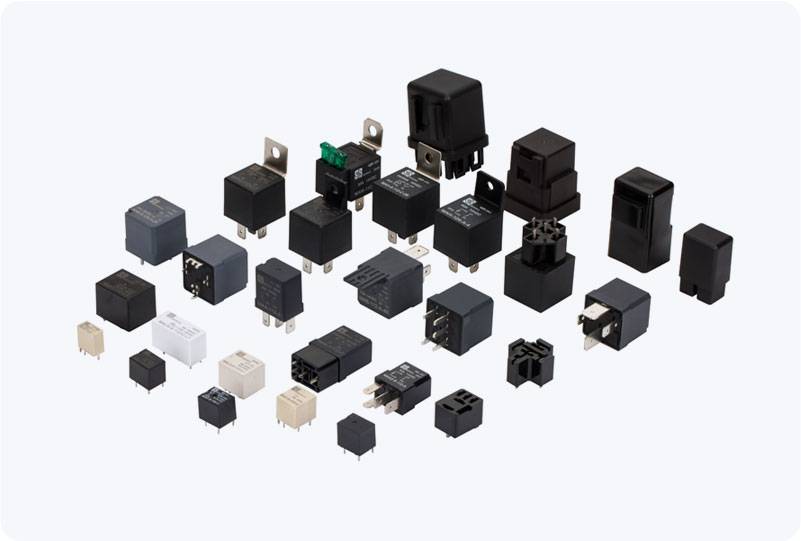The Optocoupler Protected Relay Module is a widely used component in modern electronic systems, particularly in applications where electrical isolation and protection from high-voltage circuits are essential. This module combines the functionalities of an optocoupler and a relay, providing a robust solution for safely controlling high-voltage devices with low-voltage control circuits. This article explores the design, working principles, applications, and benefits of Optocoupler Protected Relay Modules, highlighting their importance in ensuring the safety and reliability of electronic systems.

What is an Optocoupler Protected Relay Module? An Optocoupler Protected Relay Module consists of two main components: an optocoupler (also known as an optoisolator) and a relay. The optocoupler serves as an electrical isolator between the low-voltage control circuit and the high-voltage circuit that is being switched by the relay. The relay, on the other hand, is used to switch high-voltage loads, such as motors, lights, or other industrial equipment, in response to the low-voltage signal received from the control system. The optocoupler component is a semiconductor device that uses light to transmit signals between its input and output. It provides galvanic isolation, preventing electrical faults, surges, and noise from affecting the low-voltage control system. This feature is particularly crucial in protecting sensitive components such as microcontrollers, which can be damaged by high voltages or electromagnetic interference (EMI).
Leave a Reply
You must be logged in to post a comment.